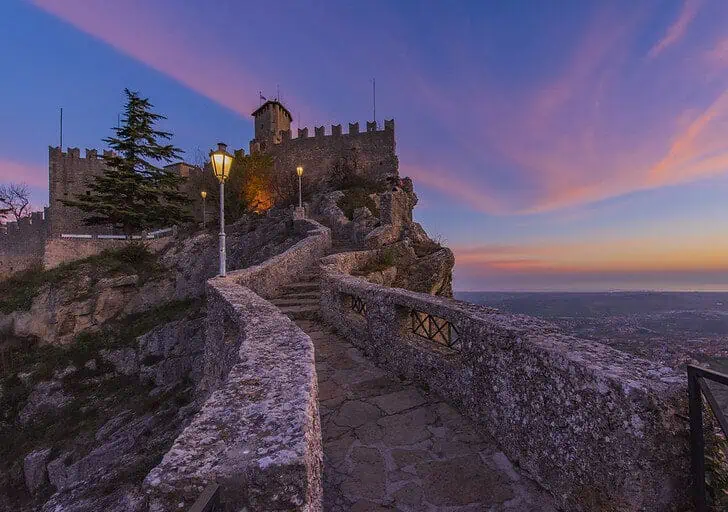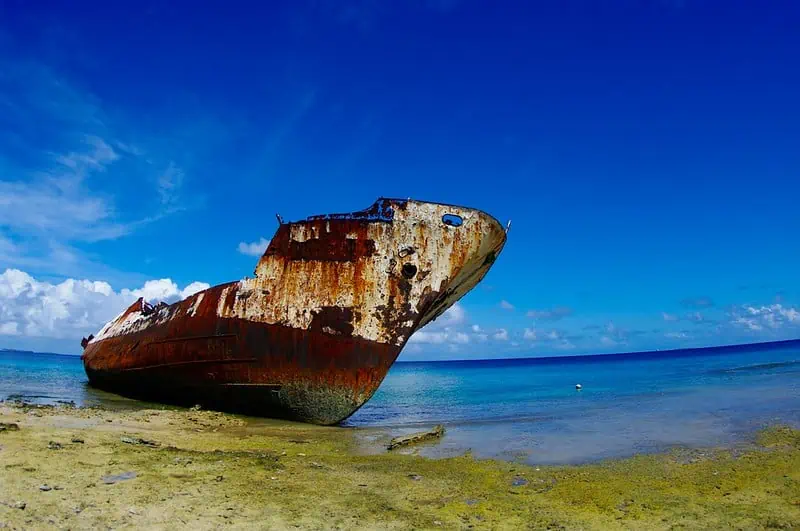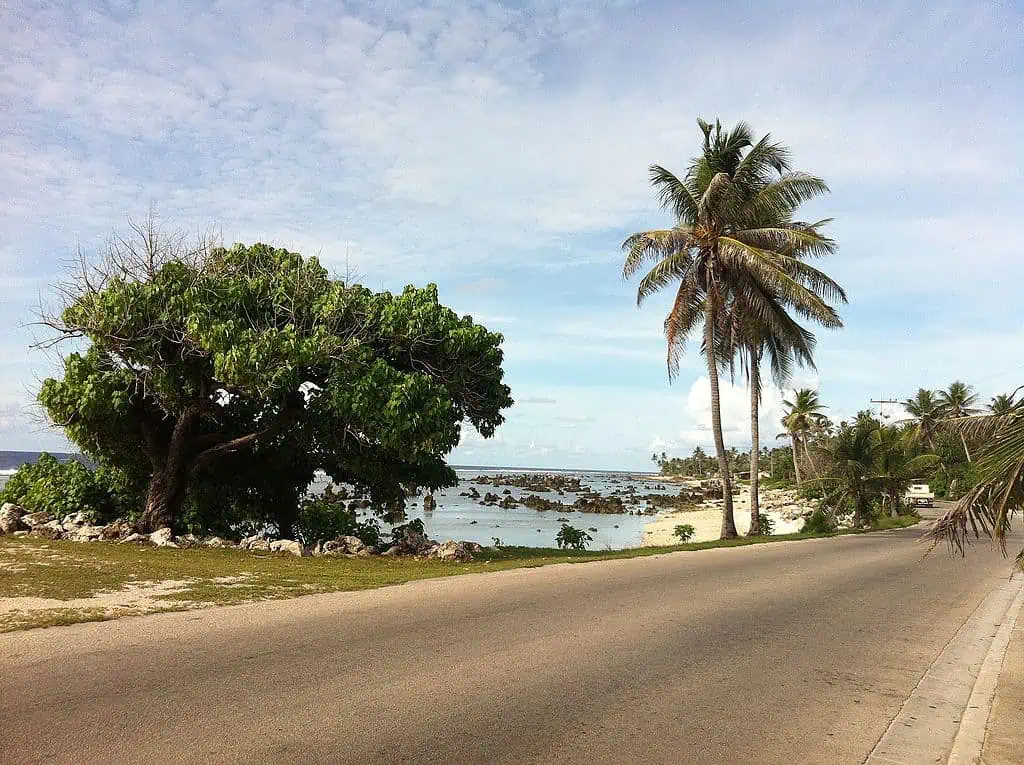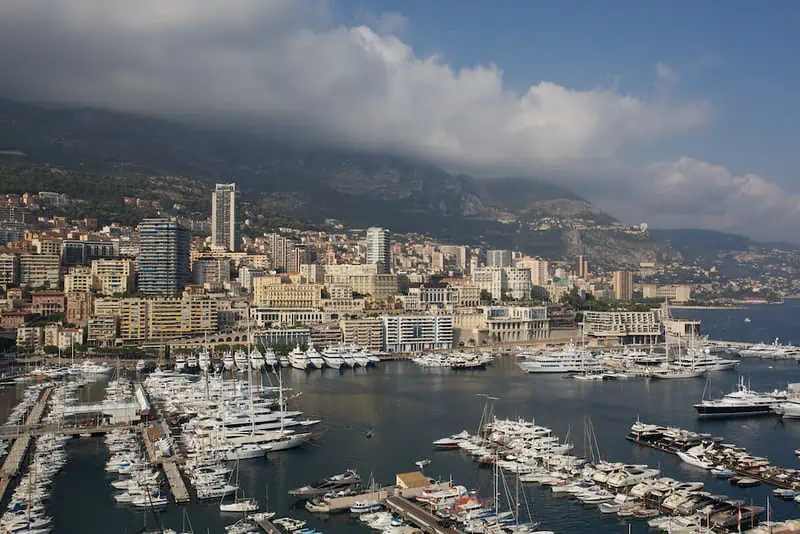
For most of us, the term “country” often evokes thoughts about a ginormous territory inhabited by millions of people. While to large extent, that is mostly true, there are several instances where this very stereotype of ours is challenged in hard-to-grasp ways. In fact, some countries are so small that they barely exceed the size of an average airport, whereas others are even dwarfed by a single neighborhood. Each of the countries in the following list offers an interesting story to tell, somewhat compensating for their insignificant landmass.
One of only three countries which are entirely enclaved by another country (alongside Lesotho and the Vatican City), San Marino is situated at the northern part of the Italian peninsula, less than 10 kilometers away from the Adriatic coast. With an area of measly 61 Km2, or 23.5 square miles, this landlocked microstate is Earth’s fifth smallest country, roughly equivalent in size to the island of Manhattan.
Often referred to as the oldest republic in the world, San Marino maintains an unusual form of government known as the Captains Regent, where a pair of heads of state with equal rights serve in office simultaneously for a term of six months. As you can imagine, the country’s peculiarities extend to far more facets, with the most notable of them being its geopolitical status. Despite not being a member of the Schengen Zone, the EU and the Eurozone, the country’s lack of border control coupled with its widespread adoption of the euro make it to some extent an indistinguishable part of neighboring Italy.
Whether it is its global insignificance, location or sheer littleness, San Marino is one of Europe’s least visited countries. However, with a series of hilltop fortresses as well as dozens of scenic points and tax-free shops, it is by no means a skippable destination.

The Three Towers of San Marino during sunrise
photography by: There are quarks/ Flickr
If you were to randomly ask people around you whether they know a country named Tuvalu, the most probable answer will be a resounding “No”. Owing its obscurity to its small size and remote location amid the Pacific Ocean’s blue vastness, this micro island-nation comprises 6 atolls and 3 reef islands, spanning over an area of only 26 km2 (10 square miles), making it the world’s fourth smallest state.
As the remote archipelago is served by a total of four international flights a week, Tuvalu has been consecutively ranked among the least visited countries on the planet. With no tourists as well as natural resources, the country had to resort to some pretty creative ways to keep its economy afloat. Since the Tuvaluan country code (.tv) coincides with, well, the ubiquitous electric device we all have, it leased its highly desired domain to multiple tech companies. That, in turn, yielded revenues which account for nearly ten percent of the country’s total GDP.
With its highest point being a meager 4.6 meter high, Tuvalu is set to face major challenges in the coming years as the looming threat of global warming becomes increasingly tangible. In fact, according to current predictions, the country has a mere half a century before its narrow slivers of land are submerged under rising sea levels.

A rusty shipwreck on the coast of Tuvalu
photography by: Tomoaki INABA/ Flickr
Circling entire countries by car might seem like an arduous task, after all, even with current technologies, it can take up to one week of continuous driving to complete such a challenge. That is, unless you are talking about the pacific nation of Nauru. As this micro state comprises a single island of 21.1 km2 (8.1 square miles), it takes only half an hour of driving and six hours of walking to circle its 19-kilometer-long circumference.
You may find it a bit bewildering, but the country’s absurdly small size is far from being its only extremity. With the nearest landmass (Banaba Island in Kiribati) situated nearly 300 kilometers away, Nauru is also the most remote country on Earth. It should then come as no surprise that the island receives merely 200 tourists annually, earning it the unflattering title of the world’s least visited country.
In spite of its sheer isolation and tininess, Nauru managed for a brief period of time to become the wealthiest nation across the globe. This unexpected economic miracle was the result of the island’s massive phosphate deposits, which during the 1970’s and 1980’s helped boosted the national GDP per capital figures to the highest worldwide.
However, Nauru’s days of glory were short-lived as the over extraction of minerals rapidly depleted its phosphate reserves, and worse still, rendered much of the island’s arable land as desolate. That in turn forced the country to import large amounts of processed food, causing a colossal health crisis, so much so, that the country is now ranked as the world’s fattest nation, with an obesity rate of more than 70 percent.
Luckily though, not all is doom and gloom, Nauru’s remoteness also has some positive sides as it insulated the country from major global calamities, including armed conflicts and pandemics, just to name a few.

Nauru’s ring road
photography by: Sean Kellehe/ Wikimedia Commons
Throughout history, there were hundreds of city-states across the world, controlling a small urban enclave with their own national flag, currency and army. Whereas present-day era is largely defined by the rapid influx of people to cities, only two vestiges of these once common entities still exist, Singapore and this list’s runner-up, Monaco.
Sandwiched between France and the Mediterranean Sea, this tiny principality encompasses an area of measly 2.02 km2 (0.78 square miles), making it the second-smallest country on the planet. On contrast, though, as this narrow sliver of land is home to more than 38,000 residents, the micro-state is ranked as the world’s most-densely populated country with a whopping 19,009 inhabitants per square kilometer.
Nevertheless, what the country lacks in size, it more than makes up for in an immense wealth. Due to the principality’s lack of personal income tax, it gradually evolved into a full-fledged tax haven over the last couple of decades. As a result, the country attracted wealthy individuals from all over Europe and beyond, so much so, that millionaires now make up nearly a third of Monaco’s population, hence its mind-boggling GDP per capita figure of 234,315 USD – the highest in the world by a significant margin.

The entire city of Monaco
photography by: Hans Põldoja/ Flickr
Established in 1929 as part of the Lateran Treaty between the Holy See and the Italian government, the Vatican City is a political anomality like no other. Surrounded entirely by the city of Rome, this pint-sized enclave is officially the world’s smallest and least-populous country, spanning over an area of 0.49 km2 (0.19 square miles), comparable in size to one-eighth of New York City’s Central Park.
Since the Vatican City serves as the official residence of both the Pope and his high-ranking prelates, the country’s ridiculously tiny size is eclipsed by the sheer number of religious followers it represents, over 1.3 Catholics all across the globe. As the beating heart of Catholicism, the micro-state attracted many illustrious artists and architects long before its current form, when the area was still a part of the Papal States.
Therefore, within its claustrophobia-inducing confines, one can find some of the world’s most notable monuments and works of art, including the Sistine Chapel, St. Peter’s Basilica and the fresco of the School of Athens by Raphael. It might sound a bit counterintuitive, but alongside the ample art scene, the world’s smallest nation also boasts its own railway system, the shortest of any sovereign country. Inaugurated in 1934, the 300-meter-long rail tracks have been primarily used as a means of transporting freight to the Vatican City’s sole station. Albeit, since 2015, also tourists can board the train on their way to the papal enclave.

The spiral staircase of the Vatican Museums
photography by: Andrew Stawarz/ Flickr